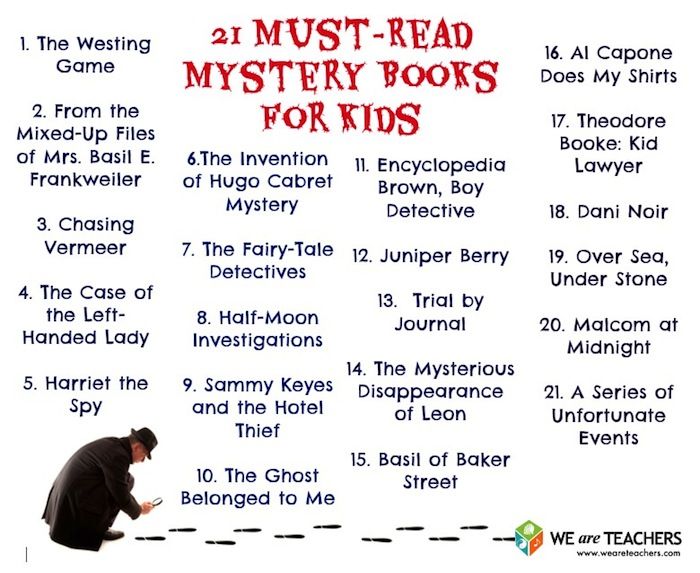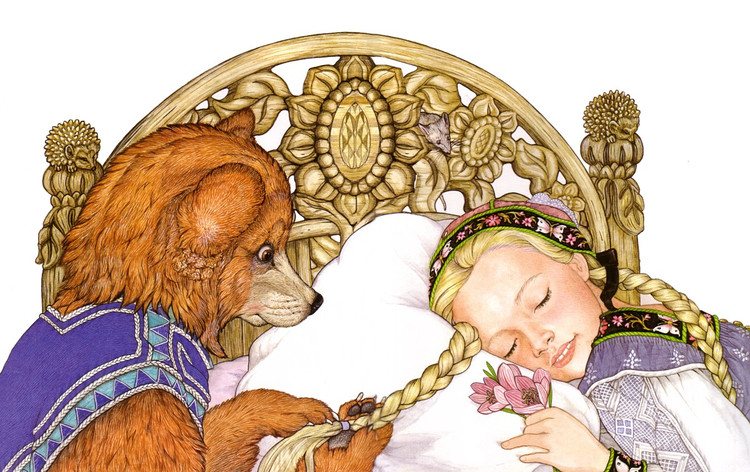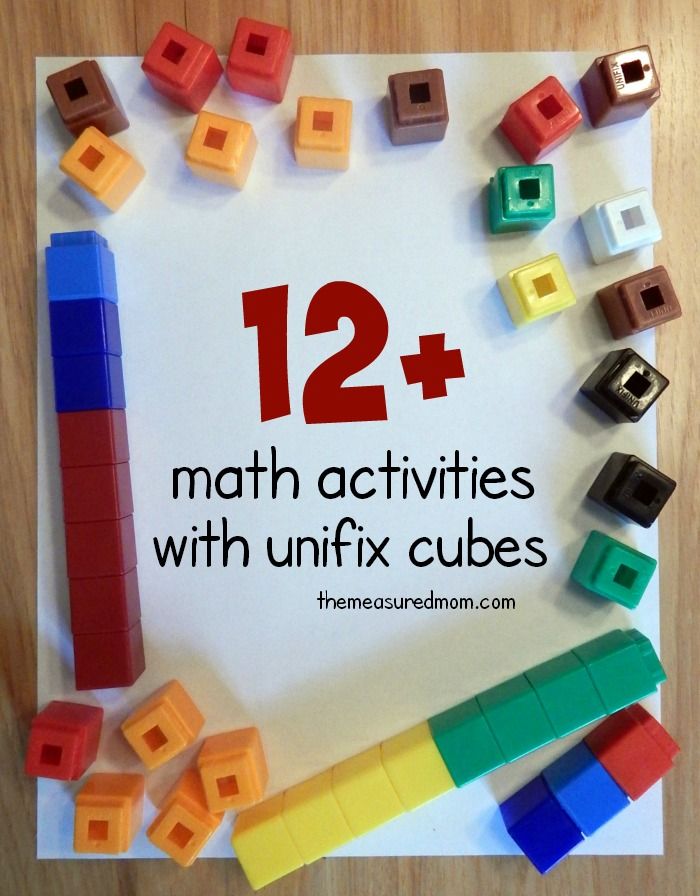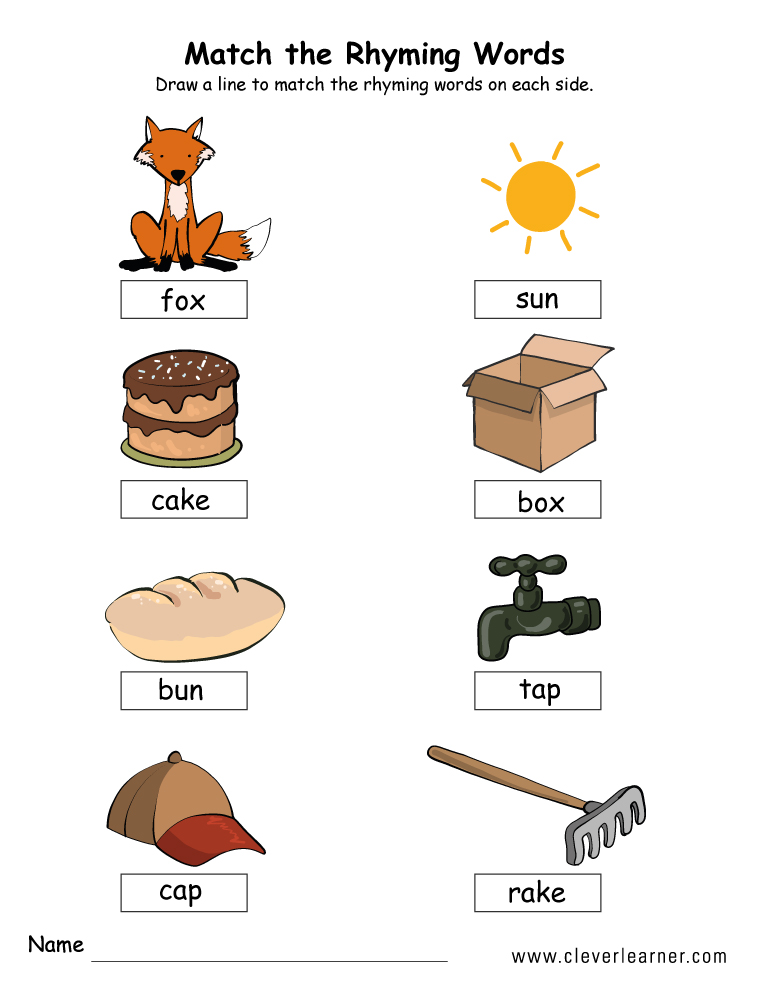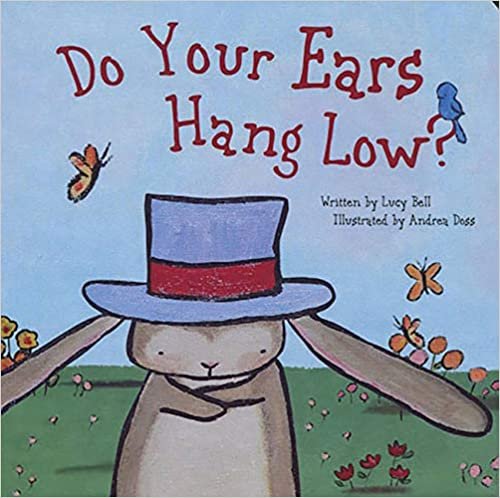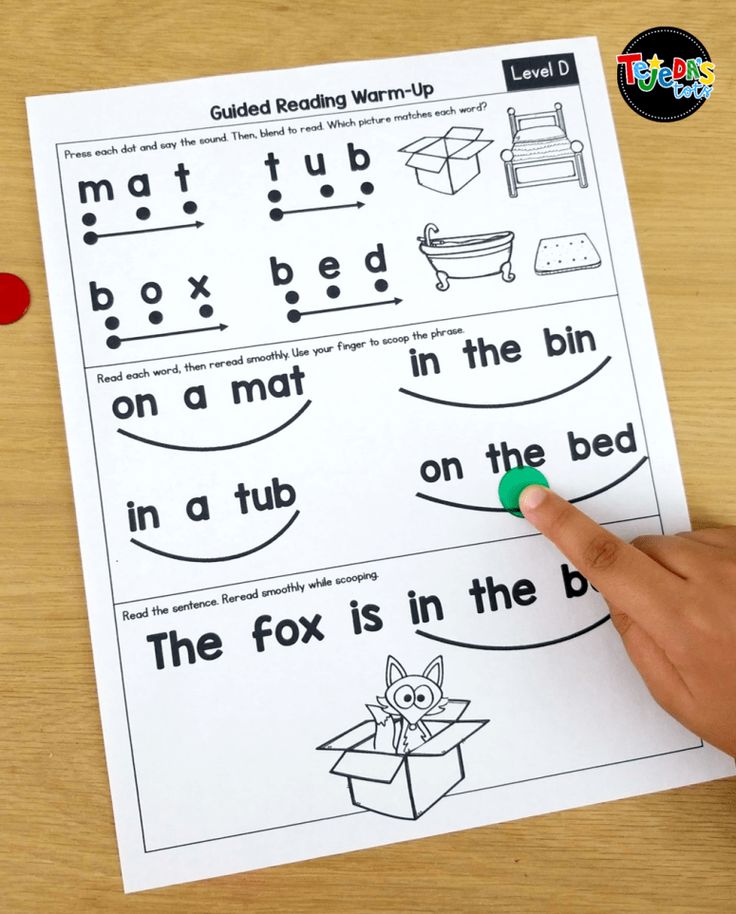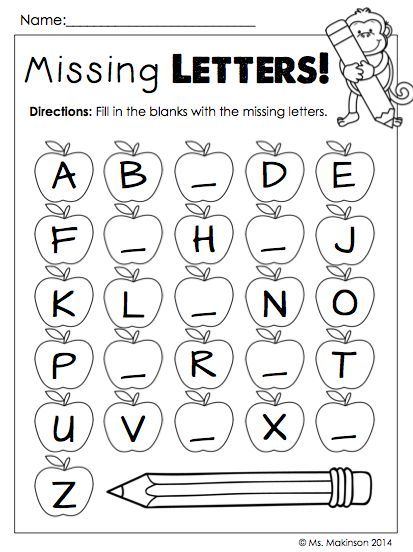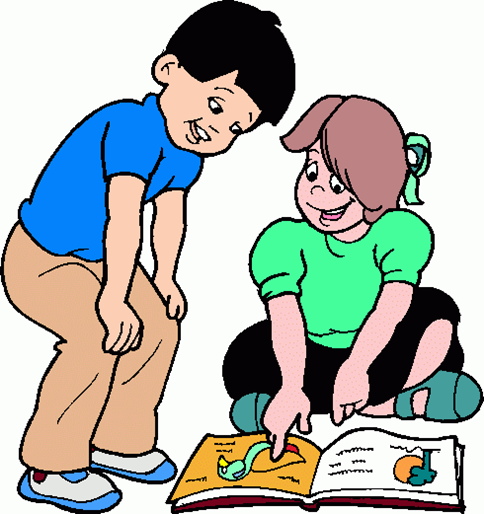List of kids stories
Classic Short Stories for Kids
This is a collection of famous classical short stories for kids that are available online. We have selected a variety of stories from different authors. The links go directly to the stories where they can be read online. You might also be interested in the poems for kids page.
- "The Lion and the Mouse" by Aesop
The Lion and the Mouse is a classic Aesop fable. A lion generously spares a mouse it was about to kill. The mouse promise to repay the lion some day. - "The Three Little Pigs" by Unknown
This fairy tale originates in England. Three pigs build homes but only one builds a home strong enough to withstand wolf attacks. - "Hansel and Gretel" by Brothers Grimm
"Hansel and Gretel" is a classic fairy tale about two abandoned children who encounter a witch in the forest. The witch lures the children in to her home with delicious food but she really intends to eat them. - "The Princess and the Pea" by Hans Christian Andersen
This fairy tale from by Hans Christian Andersen tells the story of a special test that can identify a real princess. The sensitivity test involves placing a pea underneath a stack of mattresses. - "The Ants and the Grasshopper" by Aesop
This classic Aesop fable is set in late fall. It follows a group of hardworking ants drying out the grain they had stored during the summer. They encounter a grasshopper who foolishly failed to store any food for the winter. - "How the Camel Got His Hump" by Rudyard Kipling
This tale from Rudyard Kipling's Just So Stories tells how the camel, fond of saying "Humph!", got his hump from an encounter with a djinn. - "A Kidnapped Santa Claus" by L. Frank Baum
The Land of Oz creator L. Frank Baum wrote this story about deamons that kidnap Santa Claus. Fortunately, Santa Claus has some help completing his toy deliveries. - "The Snow Image" by Nathaniel Hawthorne
A brother and sister make a snow girl that comes to life - a snow sister.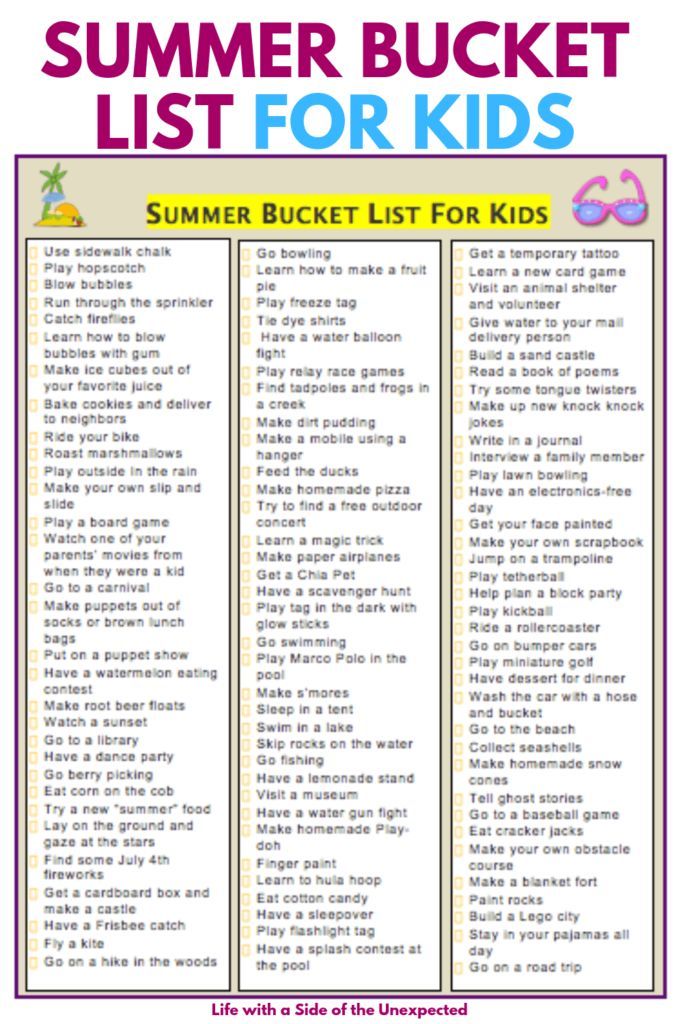 She is so lifelike that their father insists on bringing the snow girl inside, which is a mistake.
She is so lifelike that their father insists on bringing the snow girl inside, which is a mistake. - "The Celebrated Jumping Frog of Calaveras County" by Mark Twain
Mark Twain wrote this short story in 1865. It was included in a short story collection. The story covers jumping frogs, cheating and betting. - "The Frog Prince" by Brothers Grimm
This classic Grimm fairy tale follows the story of a talking frog and a spoiled princess. - "The Reluctant Dragon" by Kenneth Grahame.
This tale tells the story of a boy who befriends a dragon. The dragon is discovered by the townspeople who send for St. George to slay it. The story was published in Grahame's Dream Days book. - "The Remarkable Rocket" by Oscar Wilde
This humorous short story tells the tale of an arrogant and boisterous rocket. The rocket thinks he is remarkable and better than all the other fireworks. - "The Bundle of Sticks" by Aesop
There are no animals in this Aesop fable. A father uses the concept of a bundle of sticks to teach the importance of unity and working together to his young sons.
A father uses the concept of a bundle of sticks to teach the importance of unity and working together to his young sons. - "The Elves and the Shoemaker" by Brothers Grimm
This fairy tale tells the story of a group of little elves that help a cobbler make shoes. There are multiple variations and translations of the tale. - "The Kite That Went to the Moon" by Evelyn Sharp
The story is part of Evelyn Sharp's short story collection, The Other Side of the Moon. A boy makes a giant kite and his friend draws a moon and stars on it. They are embarrassed when the kite doesn't fly. - "Snow White" by Brothers Grimm
The are variations on this fairy tale that was first published in 1812. As many children already know it involves a wicked, vain stepmother queen who is jealous and envious of the King's daughter, Snow White. - "The Ugly Duckling" by Hans Christian Andersen
This is a very clever fairy tale invented by Andersen that tells the story of a little bird that does not fit in and is teased by the other birds in the barnyard.
- "The Dog and His Refection" by Aesop
This Aesop fable teaches the foolishness of greed. A dog looking at his reflection in the water spies a bigger bone than the bone is carrying. - "The Bogey-Beast" by Flora Annie Steel (retold
This is an entertaining fairy tale about an optimistic poor, old woman who unknowingly encounters the Bogey-Beast when she finds a perfectly good black pot lying in a ditch.
Don't Let the Pigeon Drive the Bus! Book Review
Skip to main contentBook review by Marigny Dupuy, Common Sense Media
Common Sense says
age 2+
Silliness that appeals to preschoolers.
Mo Willems Picture Book 2004
Rate book
Common Sense is a nonprofit organization. Your purchase helps us remain independent and ad-free.
Rate book
Did we miss something on diversity?
Research shows a connection between kids' healthy self-esteem and positive portrayals in media. That's why we've added a new "Diverse Representations" section to our reviews that will be rolling out on an ongoing basis. You can help us help kids by suggesting a diversity update.
What Parents Need to Know
Parents need to know that with cartoon style pictures and an interactive story, this is just the sort of silliness that will appeal to a preschooler or lower elementary school-age child with a sense of humor.
Community Reviews
mr BBcman Adult
October 5, 2022
age 5+
Dukedennis
This title has:
Too much violence
Mischa A.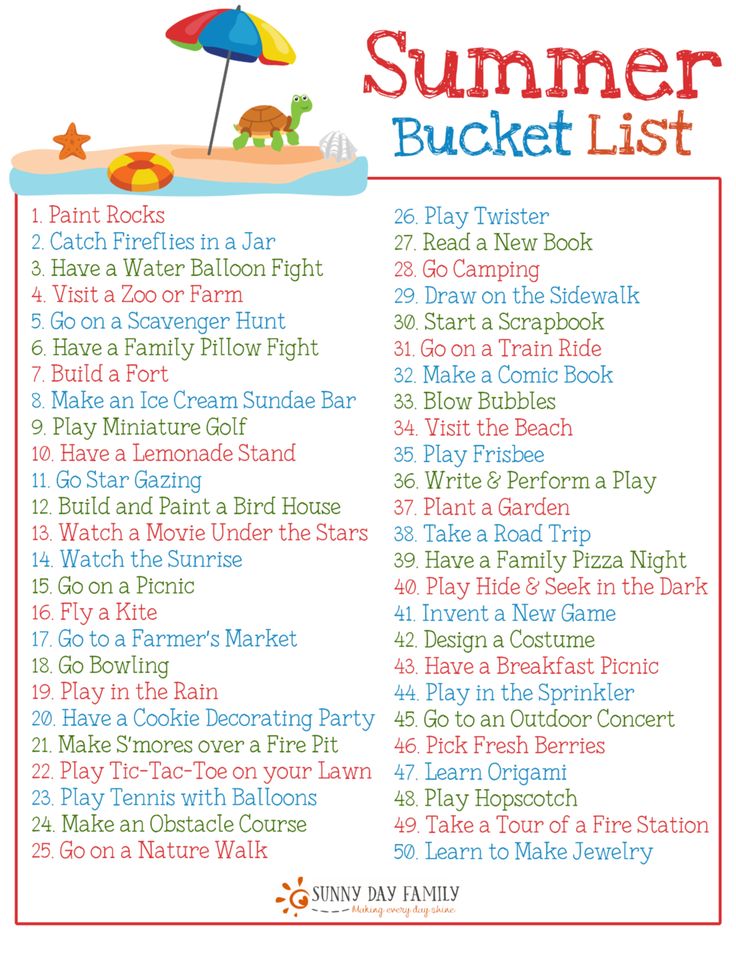 Adult
Adult
May 29, 2021
age 2+
What's the Story?
On the title page, the bus driver addresses the reader directly. He says that he has to be gone for a while and asks if the reader can watch things, but not to let the pigeon drive the bus. As the driver walks off one page, the pigeon walks on the next asking if he can drive the bus. He begs, makes deals, pretends, complains, cajoles, bribes, and then insists that he be allowed to drive the bus, but his wish is not granted; so he fumes. The bus driver returns, thanks the reader, and drives off. The pigeon then spies a truck and a new fantasy takes hold of his imagination.
Is It Any Good?
Minimalist in approach, the author/artist uses a limited number of very pale colors, and most pages have a single image (usually the pigeon) and a bubble of text. The strength of the story is in its simplicity. The conflict between the two main characters, the bus driver and the pigeon, is one of the most basic in early childhood: "Yes I will" versus "no you won't. "
"
Things gets interesting, however, when each character appeals directly to the reader. This direct discourse from the bus driver and the goofy, wide-eyed pigeon draws the reader, or listener in the case of young children, right between the opposing parties. For young children (who think magically anyway), this is bound to be flattering and fun. Mo Willems, who has won five Emmys as a writer and animator of Sesame Street, makes a fine debut into the world of children's books.
Talk to Your Kids About ...
Book Details
- Author: Mo Willems
- Illustrator: Mo Willems
- Genre: Picture Book
- Book type: Fiction
- Publisher: Hyperion Books for Children
- Publication date: February 1, 2004
- Publisher's recommended age(s): 2 - 6
- Number of pages: 32
- Award: Caldecott Medal and Honors
- Last updated: August 12, 2019
Common Sense Media's unbiased ratings are created by expert reviewers and aren't influenced by the product's creators or by any of our funders, affiliates, or partners.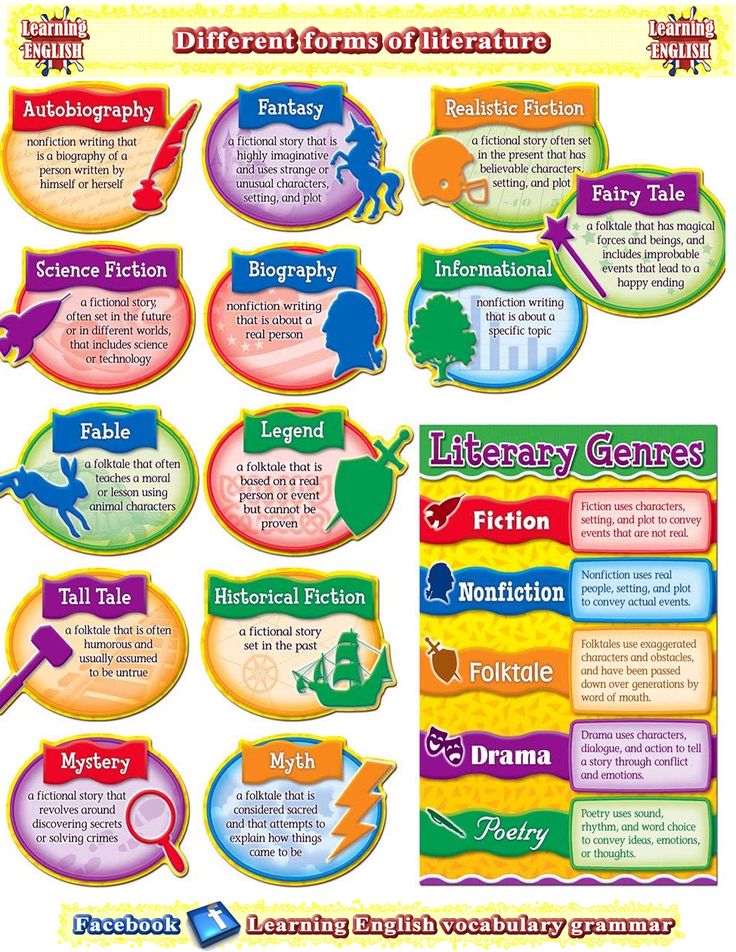
See how we rate
Zaikin's hut. Russian folk tale
or-there were a fox and a hare in the forest. They lived not far from each other. Autumn has come. It became cold in the forest. They decided to build huts for the winter. The fox built herself a hut out of loose snow, and the hare built herself out of loose sand. They overwintered in new huts. Spring has come, the sun has warmed. The fox's hut has melted, but the zaikin's is standing as it was. The fox came to the bunny's hut, drove out the bunny, and she herself remained in his hut. nine0003
A hare left his yard, sat down under a birch and cries. The wolf is coming. He sees the bunny crying.
— Why are you crying, bunny? the wolf asks.
— How can I, a bunny, not cry? We lived with the fox close to each other. We built ourselves huts: I - from loose sand, and she - from loose snow. Spring has come. Her hut has melted, but mine stands as it stood.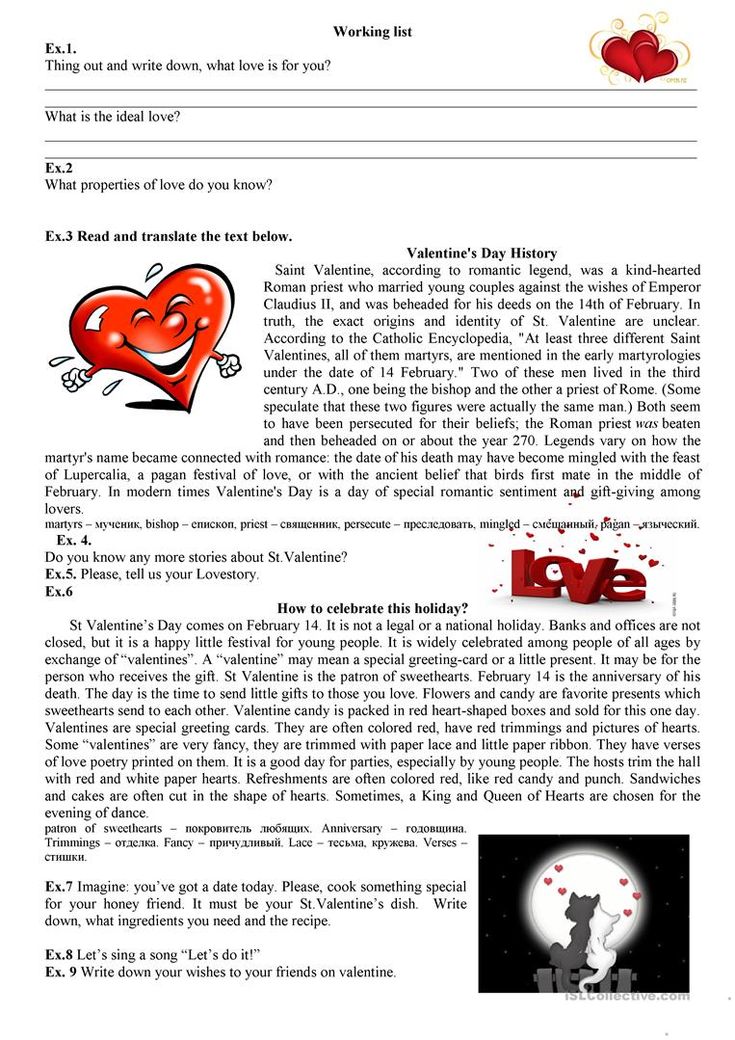 A fox came, kicked me out of my hut, and stayed in it to live. Here I sit and cry. nine0003
A fox came, kicked me out of my hut, and stayed in it to live. Here I sit and cry. nine0003
- Don't cry, bunny. Let's go, I'll help you, I'll drive the fox out of your hut.
Let them go. They came. The wolf stood on the threshold of the hare's hut and shouted at the fox:
- Why did you climb into someone else's hut? Get down, fox, from the stove, otherwise I'll throw it off, beat your shoulders. The fox was not afraid, answers the wolf:
- Oh, wolf, beware: my tail is like a rod, - as I give, so is death to you here.
The wolf got scared and ran away. And left the bunny. The hare sat down again under the birch and wept bitterly. nine0003
A bear is walking through the forest. He sees a bunny sitting under a birch and crying.
— Why are you crying, bunny? the bear asks.
— How can I, a bunny, not cry? We lived with the fox close to each other. We built ourselves huts: I - from loose sand, and she - from loose snow. Spring has come. Her hut has melted, but mine stands as it stood.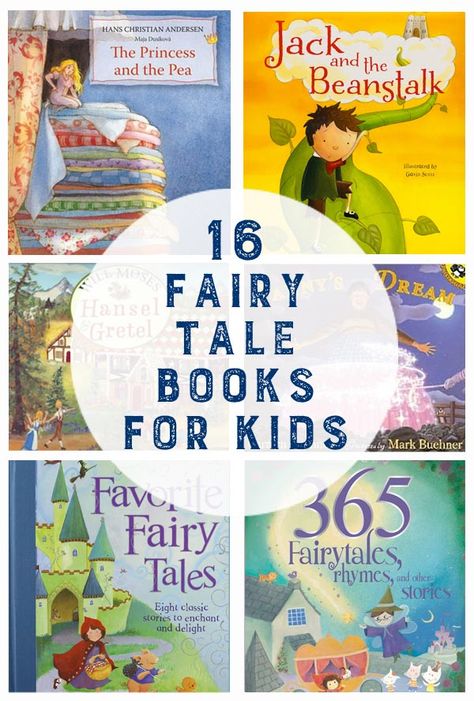 A fox came, kicked me out of my hut and stayed there to live. So here I sit and cry.
A fox came, kicked me out of my hut and stayed there to live. So here I sit and cry.
- Don't cry, bunny. Let's go, I'll help you, I'll drive the fox out of your hut. nine0003
Let them go. They came. The bear stood on the threshold of the bunny's hut and shouted at the fox:
- Why did you take the hut away from the bunny? Get down, fox, from the stove, otherwise I'll throw it off, beat your shoulders.
The fox was not afraid, answers the bear:
— Oh, bear, beware: my tail is like a rod, — as I give, so is death to you here.
The bear was frightened and ran away and left the bunny alone. Again the hare went out of his yard, sat down under the birch and wept bitterly. Suddenly he sees - a rooster is walking through the forest. I saw a bunny, came up and asked:
- Why are you crying, bunny?
— But how can I, a bunny, not cry? We lived with the fox close to each other. We built ourselves huts: I - from loose sand, and she - from loose snow.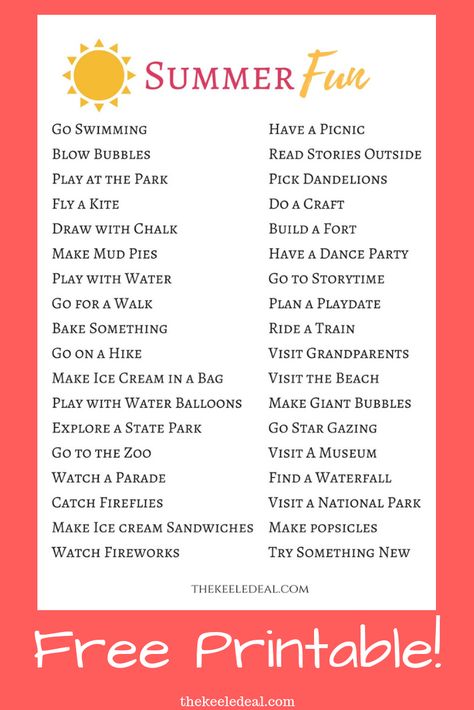 Spring has come. Her hut has melted, but mine stands as it stood. A fox came, kicked me out of my hut and stayed there to live. Here I sit and cry.
Spring has come. Her hut has melted, but mine stands as it stood. A fox came, kicked me out of my hut and stayed there to live. Here I sit and cry.
Don't cry, bunny, I'll drive the fox out of your hut.
— Oh, petenka, — the bunny cries, — where can you kick her out? The wolf drove - did not drive out. The bear drove - did not drive out. nine0003
- I'll kick you out. Come on, says the rooster. Went. A rooster entered the hut, stood on the threshold, crowed, and then how it screams:
- - I am a chebetukh rooster,
- I am a bastard singer,
- On short legs,
- On high heels.
- I carry a scythe on my shoulder,
- I'll take the fox's head off.
And the chanterelle lies and says:
— Oh, rooster, beware: my tail is like a rod, — as I give, so is death to you here. nine0003
The cockerel jumped from the doorway into the hut and cries again:
- — I am a rooster,
- I am a babbler,
- On short legs,
- On high heels.

- I carry a scythe on my shoulder,
- I'll take the fox's head off.
And - jump on the stove to the fox. He pecked the fox in the back. How the fox jumped up and how it ran out of the hare's hut, and the hare slammed the doors behind her.
And he stayed to live in his hut together with the cockerel. nine0003
Wolf and kids. Russian folk tale
silt was a goat with kids. The goat went into the forest to eat silk grass, to drink cold water. As soon as he leaves, the kids will lock up the hut and won't go anywhere themselves. The goat comes back, knocks on the door and sings:
- - Goats, kids!
- Open up, open up!
- Your mother came - she brought milk;
- Milk runs along the mark,
- From the mark to the hoof,
- From the hoof into the earth with cheese! nine0050
The kids will unlock the door and let the mother in. She will feed them, give them a drink, and again go into the forest, and the kids will lock themselves tightly.
The wolf overheard the goat singing. Once the goat left, the wolf ran to the hut and shouted in a thick voice:
- - You, kids!
- You goats!
- Open,
- Open,
- Your mother has come,
- She brought milk.
- Hooves full of water!
Goats answer him:
- We hear, we hear - yes, this is not mother's voice! Our mother sings in a thin voice and laments not so.
The wolf has nothing to do. He went to the smithy and ordered his throat to be reforged so that he could sing in a thin voice. The blacksmith cut his throat. The wolf again ran to the hut and hid behind a bush.
Here comes a goat and knocks:
- - Goats, kids!
- Open up, open up!
- Your mother came - she brought milk;
- Milk runs along the notch,
- From a hoof mark,
- From a hoof to the ground!
The kids let their mother in and let's tell how the wolf came and wanted to eat them.
The goat fed and watered the kids and severely punished:
- Whoever comes to the hut, will ask in a thick voice and not go through everything that I lament to you - do not open the door, do not let anyone in.
As soon as the goat left, the wolf again walked to the hut, knocked and began to lament in a thin voice:
- - Goats, kids!
- Open up, open up!
- Your mother came - she brought milk;
- Milk runs along the mark,
- From the mark to the hoof,
- From the hoof into the earth with cheese!
The kids opened the door, the wolf rushed into the hut and ate all the kids. Only one kid was buried in the stove.
Goat arrives; no matter how much she called, or lamented - no one answered her. She sees - the door is open, she ran into the hut - there is no one there. I looked into the oven and found one kid. nine0003
How the goat found out about her misfortune, how she sat on the bench - she began to grieve, cry bitterly:
- - Oh, my kids, kids!
- What did they unlock, open,
- Did the evil wolf get it?
The wolf heard this, enters the hut and says to the goat:
- Why are you sinning against me, godfather? I didn't eat your goats.